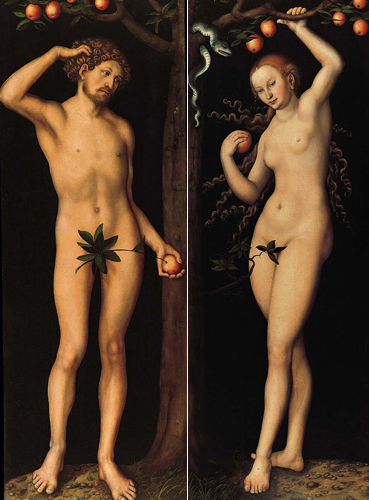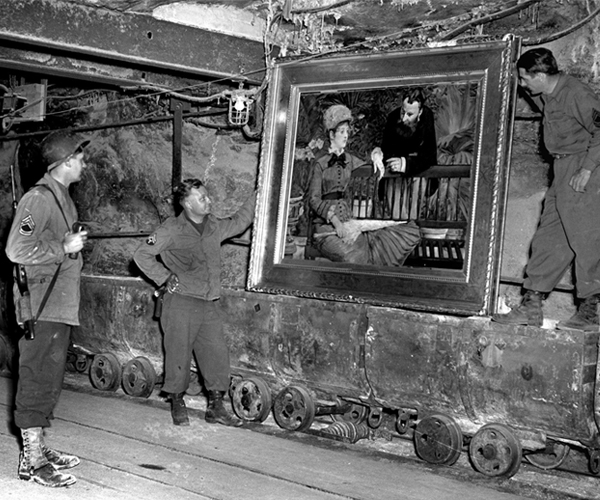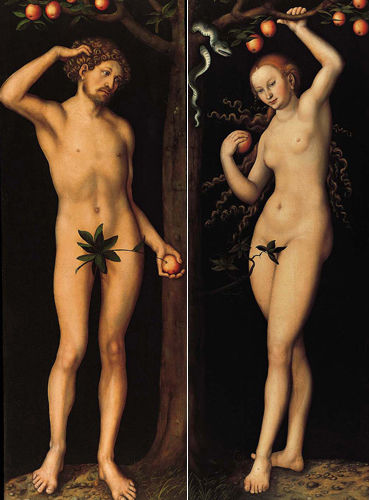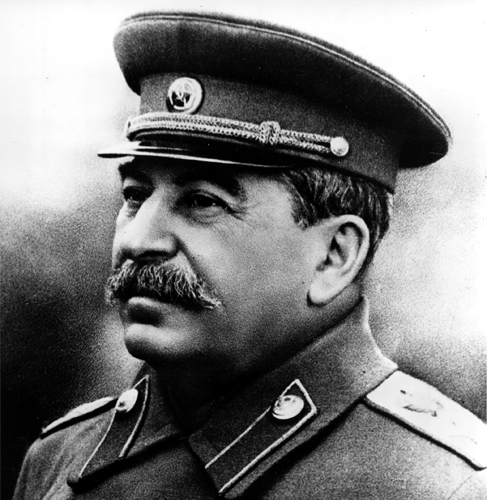‘Adam’ and ‘Eve’ paintings’ recent history
Lucas Cranach the Elder’s “Adam” and “Eve” paintings from 1530 have been the center of a legal dispute between Marei von Saher, heir to a a Dutch Jewish art dealer who was forced to give them up during the Holocaust, and the Norton Simon Museum, whose founder and namesake purchased the paintings in 1971.
Understanding the legal issues surrounding “Adam” and “Eve” requires some sense of the paintings’ path through the 20th century.
Soviet authorities seize the paintings

During the 1920s, Soviet authorities seize “Adam” and “Eve” — it’s disputed whether they were in the collection of the Stroganoffs, a family of Russian aristocrats, or a church in Kiev, now the capital of Ukraine.
Nazis invade Holland
When the Nazis invade Holland in 1940, Goudstikker flees with his family, leaving his collection behind. (He died in an accidental fall aboard the ship carrying the family to America.) Nazi accomplices send Goudstikker’s art trove to Berlin for the enjoyment of Hermann Goering, one of Hitler’s leading henchmen.
‘External restitution’

Under a U.S. policy called “external restitution,” Allied forces send Nazi-looted art back to the countries from which it had been removed. It was left to postwar governments to determine the rightful owners. “Adam” and “Eve” are sent back to the Netherlands by the the U.S. art-rescue forces known as the Monuments Men.
George Stroganoff-Scherbatoff
In 1966, after Goudstikker’s widow was unable to wrest “Adam” and “Eve” from the Dutch government, it sells the paintings to George Stroganoff-Scherbatoff, heir of the aristocratic Russian family. He claims his family owned the paintings before the Soviets expropriated them.
Von Saher lawsuit
After years of unsuccessful talks with the Norton Simon, Von Saher sues in Los Angeles federal court. The judge rules that the statute of limitations has run out and dismisses her case. Meanwhile, state legislators and Gov. Arnold Schwarzenegger push through a more generous statute of limitations for claims to recover artworks owned by California museums or galleries. Von Saher gets a second chance.
Ninth Circuit

In June 2014 the 9th U.S. Circuit Court of Appeals rules 2 to 1 to reverse U.S. District Judge John Walter’s dismissal of Von Saher’s suit. The Norton Simon Museum says its next step will be to ask a larger 11-judge appeals court panel to review the decision.
Credits: Produced by Tracy Brown

